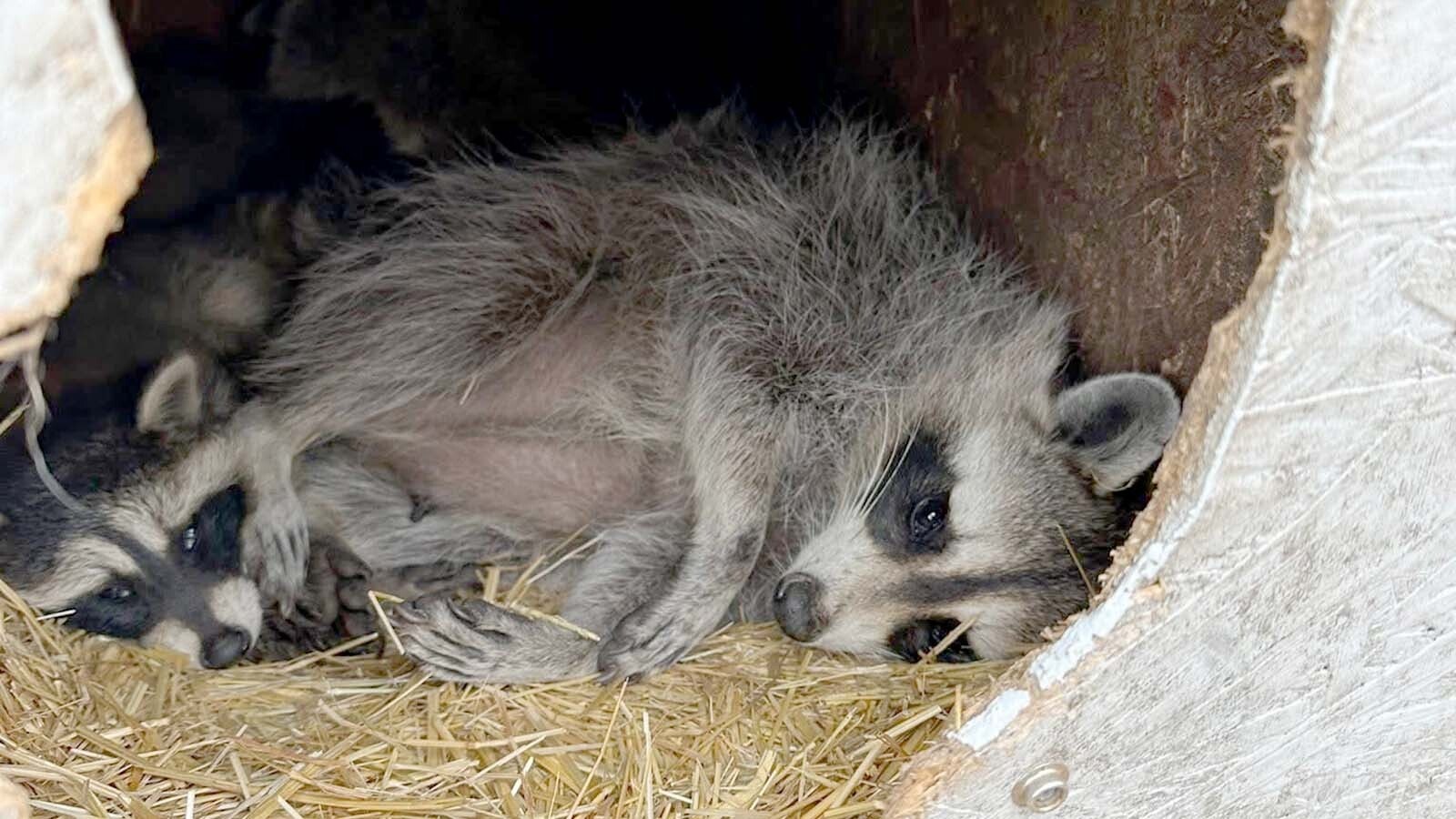Yellowstone National Park has documented its first bear sighting of the year, it announced Tuesday.
On Saturday, a pilot supporting park wildlife studies observed a grizzly from the air. The pilot saw the bear interact with wolves at a carcass in the northern part of the park.
While this is the first bear sighting of the 2021, tracks have been seen on several occasions in the last two weeks. This comes almost one week later than the first sighting of 2020, which occurred on March 7.
Male grizzlies come out of hibernation in early March. Female with cubs usually emerge in April and early May.
“When bears first emerge from hibernation, they look for carcasses at lower elevations and spring vegetation in thermal meadows and south-facing slopes or nourishment,” said Kerry Gunther, the park’s bear management biologist.
While this may be good news for wildlife enthusiasts, it may bring up different emotions for people who have been attacked by bears like the Choteau, Montana, man who nearly had his head ripped off by a grizzly last July.
Shannun Rammel said he heard there was a grizzly bear around his property and when he saw the door of an abandoned shed open, he snuck up to it only to find the bear he was looking for. The bear was not impressed and subsequently attacked Rammel.
If it wasn’t for his quick-thinking wife who tried to run over the bear in her truck, he may not have lived through the incident.
When bears emerge from hibernation, they look for food and often feed on elk and bison that died over the winter. Sometimes, bears will react aggressively while feeding on carcasses.
All of Yellowstone National Park is bear country: from the deepest backcountry to the boardwalks around Old Faithful.
The chances for encounters between bears and visitors are slim right now — the park’s winter season ended Monday and it is not scheduled to open for the spring season until mid-April and early May.
Nonetheless, the park is reminding any visitors to protect themselves and the bears by following certain guidelines:
- Prepare for a bear encounter.
- Carry bear spray, know how to use it, and make sure it’s accessible.
- Stay alert.
- Hike or ski in groups of three or more, stay on maintained trails, and make noise. Avoid hiking at dusk, dawn, or at night.
- Do not run if you encounter a bear.
- Stay 100 yards (91 m) away from black and grizzly bears. Use binoculars, a telescope, or telephoto lens to get a closer look.
- Store food, garbage, barbecue grills, and other attractants in hard-sided vehicles or bear-proof food storage boxes.
- Report bear sightings and encounters to a park ranger immediately.
- Learn more about bear safety.
While firearms are allowed in the park, the discharge of a firearm by visitors is a violation of park regulations.
Bear spray has proven effective in deterring bears defending cubs and food sources. It can also reduce the number of bears killed by people in self-defense.
The park restricts certain visitor activities in locations where there is a high density of elk and bison carcasses and lots of bears.





